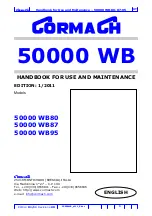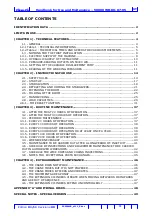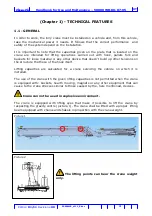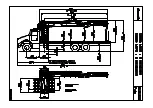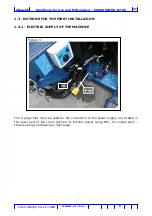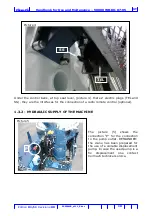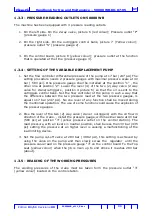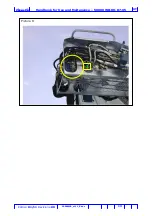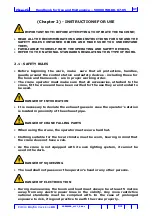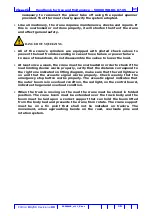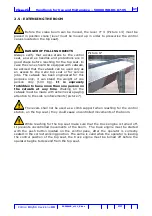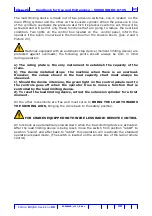
UT
Handbook for Use and Maitenance – 50000 WB-80-87-95
Edition
01/11
Revisione
00
15
50000WB_e111_E.doc
•
In stormy weather when there is the risk of high winds and lightning, the
boom of the crane must be lowered if it is one of the highest structures in
the surrounding area.
DANGER OF OVERTURNING
•
The crane must always be operated with extreme care and attention and
must never be left unattended with the load suspended.
•
Never operate the crane beyond the permitted angle or drag the load.
•
Do not use the crane to push or pull loads.
•
Guide the load with suitable cables, and do not allow it to swing or knock
against any part of the crane.
•
EMERGENCY STOP BUTTON:
The operator’s seat is equipped with an emergency button (red) that
stops all crane functions, when pushed, preventing the hydraulic circuit
to be pressurised.
This button must be used whenever it is necessary to halt all of the
movements of the crane instantly.
For example:
A control lever remains stuck and does not allow for the movement
to stop.
The emergency button does not stop the pump, therefore if the
hydraulic system fails between the pump and control bank, it is
necessary to stop the vehicle engine or disconnect the power take
off, whichever is the quickest.
Always perform the following procedure after pressing the stop
button:
1) Turn off the vehicle engine
2) Remove the cause of danger or the reason why the emergency
button was pressed.
3) It Is possible to re-start the engine and to release the
emergency button, by rotating slightly in the direction shown by the
arrows, marked on it. Only after all the causes of danger have been
removed and the controls are finally in neutral position.
The emergency button cannot be used as an operating switch for the
crane.
In some cases, when the power take off control, is electropneumatic,
the emergency button also stops the pump. In this case, after a stop it is

